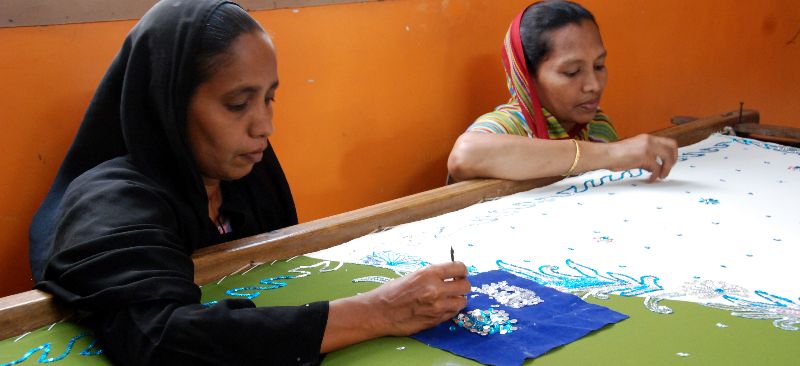In this video series-3, Dr Muhammad Yunus highlights the wisdom of microcredit borrowers and how they can develop themselves and their families if they are provided with opportunities. Focusing on the work of Grameen, Dr. Yunus explains that if we provide the poor with opportunity then they are equally capable of excellence like any other person. Pondering on the current system, Dr. Yunus says poverty is artificial imposition on human being. He questions the conventional system that stamps the poor as non-credit worthy.
Blog
Creating a World Without Poverty Part 2
In this video series-2, taking the discussion further, Dr Muhammad Yunus discusses the need for new financial system that integrates a system that serves the poor with the traditional banking system and not leave anyone unbanked. In this series Dr. Yunus speaks about his new book “Creating a World Without Poverty”. Dr Yunus talks about a programme designed for beggars and how it became an instant success. He further sheds light on the methods employed by Grameen to encourage beggars to try another way of earning money i.e. door to door selling.
Creating a World Without Poverty: An Excerpt
An excerpt from a convention on Creating a World Without Poverty by Dr. Muhammad Yunus at the Lisner Auditorium on the campus of the George Washington University in Washington, D.C. Here, Dr. Yunus inspires everyone with his impressive thoughts on the importance of microfinance. He further talks about the ideas from his book, Creating a World Without Poverty (Appeared on the New York Times Best Seller List). Watch the whole event in the coming series of episodes.
Challenges of Introducing Micro and Small Enterprise Lending in India
Individual Lending (IL) in the context of Indian microfinance is still at a nascent stage thereby providing scope for expansion. This IFN discusses some of the key challenges faced by MFIs implementing IL model. These challenges pertain to coping with cash-flow based lending servicing diverse businesses and problem in recognising assets as collateral due multiple ownerships in India. Operation and human resource issues also pose a significant amount of challenge while implementing IL model microfinance. Financial management in terms of integrating IL to existing group based models, demand substantial cash and many MFIs do not plan their liquidity to respond to this increased demand. The challenge of establishing effective MIS to cater to the varying requirements of clients is another aspect discussed in the IFN.
Savings Behaviour of Poor People in the North East of India
This focus note explains the importance of savings services for the clients in the north east region of India and brings forth the finding that poor do save, and loose their savings in the absence of any formal source. It mulls over on savings mechanisms adopted by the poor some of which are—formal—not as per people’s needs, semi formal such as through SHGs and MFIs and then informal mechanisms such as savings at home, with NBFCs, ROSCAs, and ASCAs. It suggests four products based on various attributes—security, accessibility, returns and preferences of low income people—general savings, short term recurring, long term recurring and monthly/annual income fixed deposit accounts.
M-Banking Tameer Pakistan
In this video, Ali Abbas Sikander, Group Executive Director, TAMEER, Micro Finance Bank Ltd, Pakistan, talks about the challenges TAMEER faced as a nascent player in branchless banking and how their m-banking business model works. He says as an early player TAMEER faced liquidity problem. To overcome this issue, they worked with CGAP and came up with a business plan, which works towards development of strong agent network and develop underlying technology channels such as cell phones. He further talks about the problems TAMEER faces on its path ahead.

